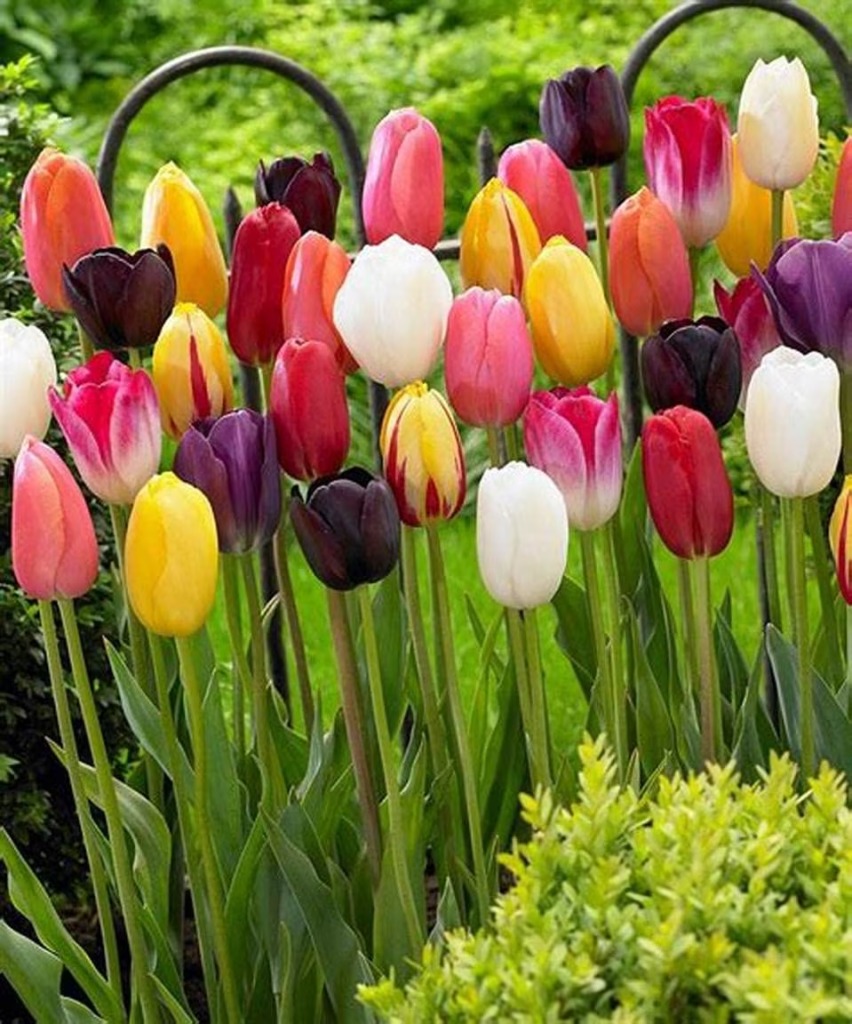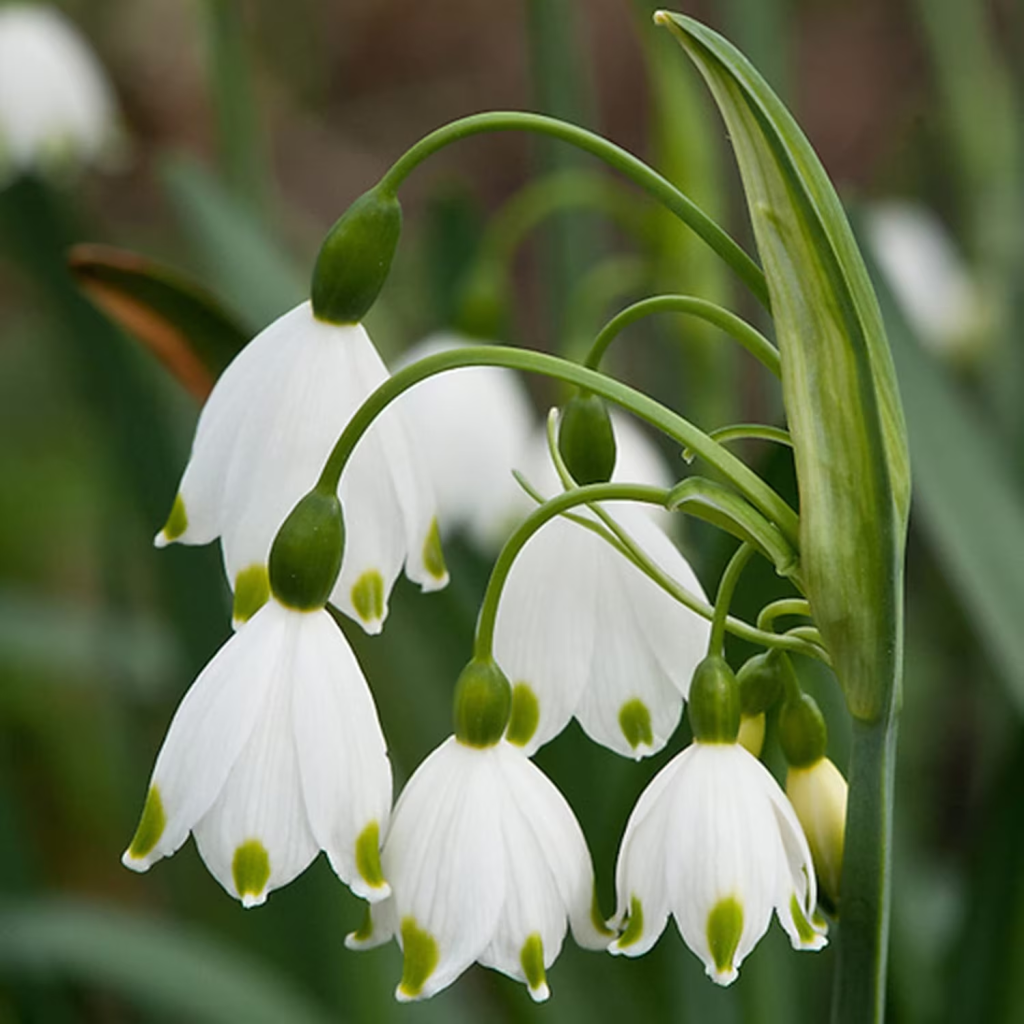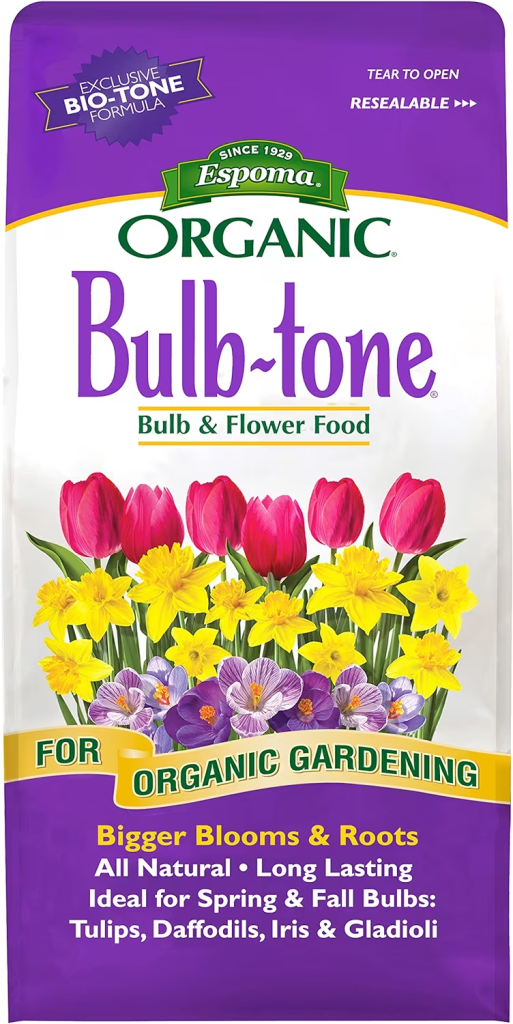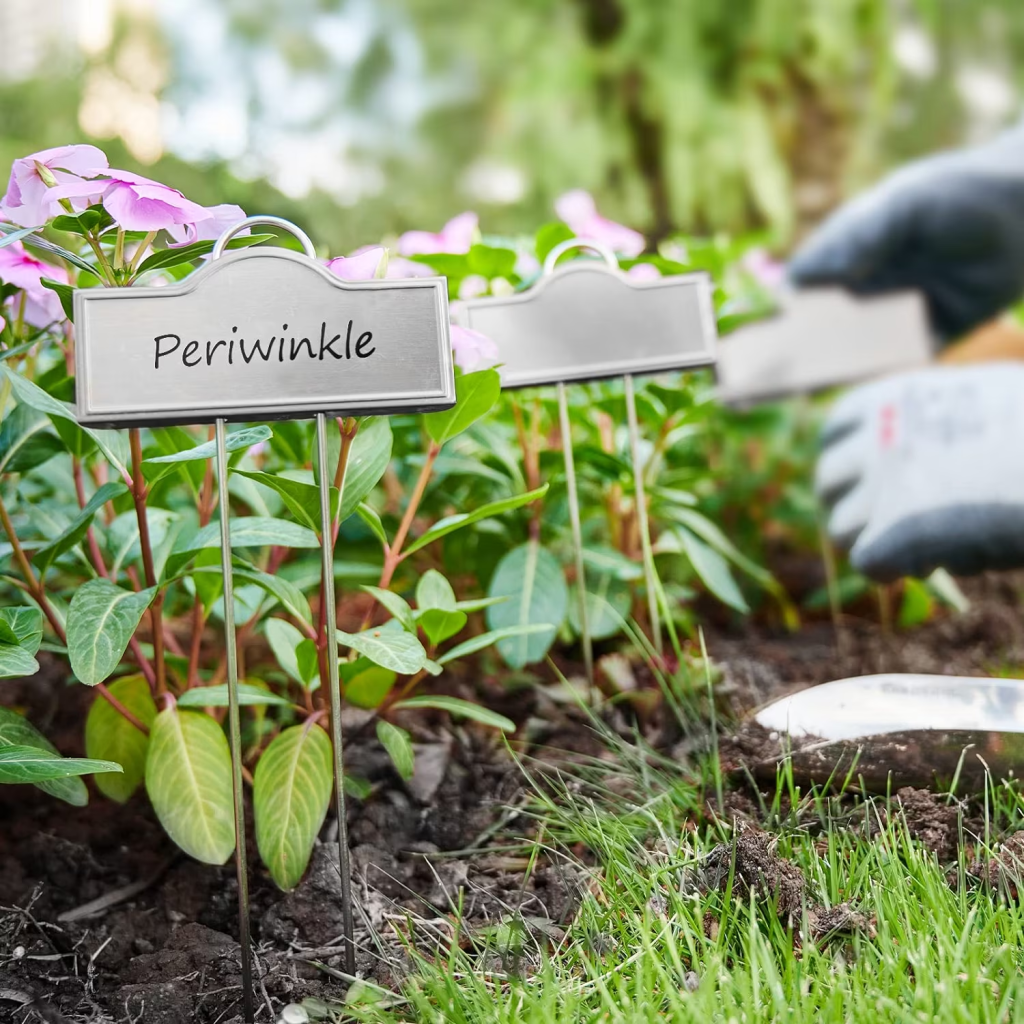Planting Bulbs in Autumn: A Guide to Flowers That’ll Bloom in Spring 1
Introduction
Autumn is a magical time of the year when nature transitions from the vibrant colors of summer to the warm, earthy tones of fall. It’s also the perfect season to start thinking about spring. Yes, you read that right! If you want your garden to burst with color and life when spring arrives, now is the time to get your hands dirty and start planting bulbs. In this comprehensive guide, we’ll take you through the process of planting bulbs in autumn, focusing on popular varieties such as tulips, daffodils, snowdrops, crocus, and hyacinths. Get ready to transform your garden into a sea of blossoms next spring!
Section 1: The Magic of Fall Planting
Autumn isn’t just about falling leaves and cooler temperatures; it’s also the season of hope and anticipation for gardeners. As the days grow shorter and the nights chillier, it’s the perfect time to plan ahead for a stunning spring garden. Fall planting of flower bulbs offers several advantages that will leave your garden thriving come spring.
One of the key benefits of planting bulbs in autumn is that it allows them to establish their roots before winter’s frost sets in. This early rooting gives them a head start, ensuring they have a strong foundation to support their growth when the weather warms up. Additionally, the cooler temperatures of autumn help prevent the bulbs from sprouting prematurely, allowing them to conserve their energy until spring. So, if you want a garden that’s brimming with vibrant tulips, daffodils, snowdrops, crocus, and hyacinths, fall is the time to make it happen.
Section 2: Choosing the Right Bulbs
When it comes to planting bulbs in autumn, the first step is selecting the right ones for your garden. While there are countless bulb varieties to choose from, we’ll focus on some of the most beloved and iconic ones – tulips, daffodils, snowdrops, crocus, and hyacinths.




Section 3: Preparing Your Garden
Now that you’ve chosen the bulbs you want to plant, it’s time to prepare your garden for their arrival. Here are the essential steps to ensure your bulbs have the best chance of thriving in the spring.
Choose the Right Location: Before you start digging, consider where you want to plant your bulbs. Most spring-flowering bulbs prefer well-drained soil and full or partial sunlight. Ensure the soil in your chosen location is loose and fertile, as good soil preparation is crucial for successful bulb growth.
Timing Is Key: Plant your bulbs when the soil temperature has cooled down but is still workable. In most regions, this means starting in early to mid-fall. This timing allows the bulbs to establish their roots without prematurely sprouting new growth.
Digging the Perfect Hole: The depth at which you should plant your bulbs depends on the type of bulb. As a general rule of thumb, plant bulbs at a depth that’s three times their height. For example, if you have a 5 cm tall tulip bulb, dig a hole that’s 12 cm deep. For easier and faster planting we recommend a bulb planter tool.
Spacing: Ensure you space your bulbs according to the recommendations on the packaging. Proper spacing allows each bulb to receive adequate nutrients and space to grow without crowding.
Fertilize: To give your bulbs an extra boost, add a balanced bulb fertilizer to the planting hole. This will provide essential nutrients that promote healthy growth and vibrant blooms.
Section 4: Planting Your Bulbs
Now that you’ve prepared your garden, it’s time to get your hands dirty and start planting. Follow these steps to ensure your bulbs are properly placed and cared for.
Planting Depth: As mentioned earlier, the depth at which you plant your bulbs is crucial. Use a trowel or bulb planter to dig holes at the appropriate depth for each type of bulb you’re planting. Place the bulbs in the hole with the pointed end facing up, and cover them with soil.
Spacing: Ensure that you space your bulbs evenly according to the recommendations on the packaging. Proper spacing allows the plants to grow without competing for nutrients and space.
Watering: After planting your bulbs, give them a good watering to settle the soil and provide moisture for the roots. This initial watering is essential for helping the bulbs establish themselves.
Mulch: Apply a layer of mulch over the planted area to help regulate soil temperature and retain moisture. Mulch also helps deter weeds from competing with your bulbs.
Label Your Plantings: It’s a good practice to label the planted areas with the type of bulb and the date of planting. This will help you keep track of your garden’s progress and ensure you don’t accidentally disturb the bulbs during other gardening activities.
Maintenance: While bulbs are relatively low-maintenance once planted, it’s essential to monitor the soil moisture throughout the fall. If your area experiences a particularly dry autumn, provide additional water to keep the soil consistently moist.
Section 5: Caring for Your Bulbs During Winter
As winter approaches, your bulbs will start to root and prepare for their spring debut. However, they still need some care during the cold months to ensure they stay healthy.
Protection: Depending on your climate, you may want to provide some protection for your bulbs during the winter. Mulch can help insulate the soil and protect the bulbs from extreme cold. In regions with harsh winters, you can use straw or leaves as an extra layer of insulation.
Winter Watering: If your area experiences a dry winter with little precipitation, it’s essential to water your bulbs periodically. Moisture is crucial for the survival of your bulbs during dormancy.
Pest Prevention: Keep an eye out for pests such as squirrels and rodents that might dig up your bulbs for a snack. Consider using wire mesh or other deterrents to protect your bulbs from hungry critters.
Patience: As winter progresses, resist the urge to check on your bulbs too frequently. They are quietly preparing for their spring show, and disturbing them can disrupt their growth.
Section 6: Welcoming Spring and Enjoying the Blooms
As the days lengthen and temperatures rise, your patience and care will be rewarded as your spring bulbs awaken and start to bloom. It’s a thrilling moment for any gardener to see the first signs of color breaking through the soil.
Early Spring Bulbs: Snowdrops and crocus are among the first to appear, often as early as late winter or early spring. Their delicate beauty and resilience in the face of lingering cold make them a welcome sight.
Mid-Spring Splendor: As spring progresses, daffodils and hyacinths will burst into bloom, filling your garden with fragrance and vibrant colors. Their long-lasting flowers are a testament to your careful planting in the fall.
Late Spring Stars: Tulips are typically the stars of late spring, and their diverse colors and shapes create a captivating display. From elegant single-flowered varieties to flamboyant parrot tulips, your garden will be a feast for the eyes.
Maintenance: Once your bulbs have finished blooming, deadhead the spent flowers to encourage the bulb to store energy for next year’s show. Allow the foliage to wither naturally, as it is essential for the bulb’s photosynthesis and energy storage.
Conclusion
Planting bulbs in autumn is a gardening tradition that yields breathtaking rewards in the spring. From the classic beauty of tulips and daffodils to the delicate charm of snowdrops and crocus, these fall-planted bulbs can transform your garden into a vibrant tapestry of colors and fragrances. By following our comprehensive guide and giving your bulbs the care and attention they deserve, you’ll be well on your way to creating a stunning spring garden that will leave your neighbors green with envy.
So, seize the opportunity this autumn and start planting those bulbs. With a little effort and a lot of patience, you’ll be rewarded with a garden that’s bursting with life and color when spring arrives. Happy planting!











One Comment
Trackbacks and Pingbacks
[…] Fall Bulbs for Spring Surprises: Plant your fall bulbs now to enjoy a burst of color come spring. For a guide on how to do this, check out our latest blog article. Read our detailed step-by-step guide about the planting of bulbs. […]